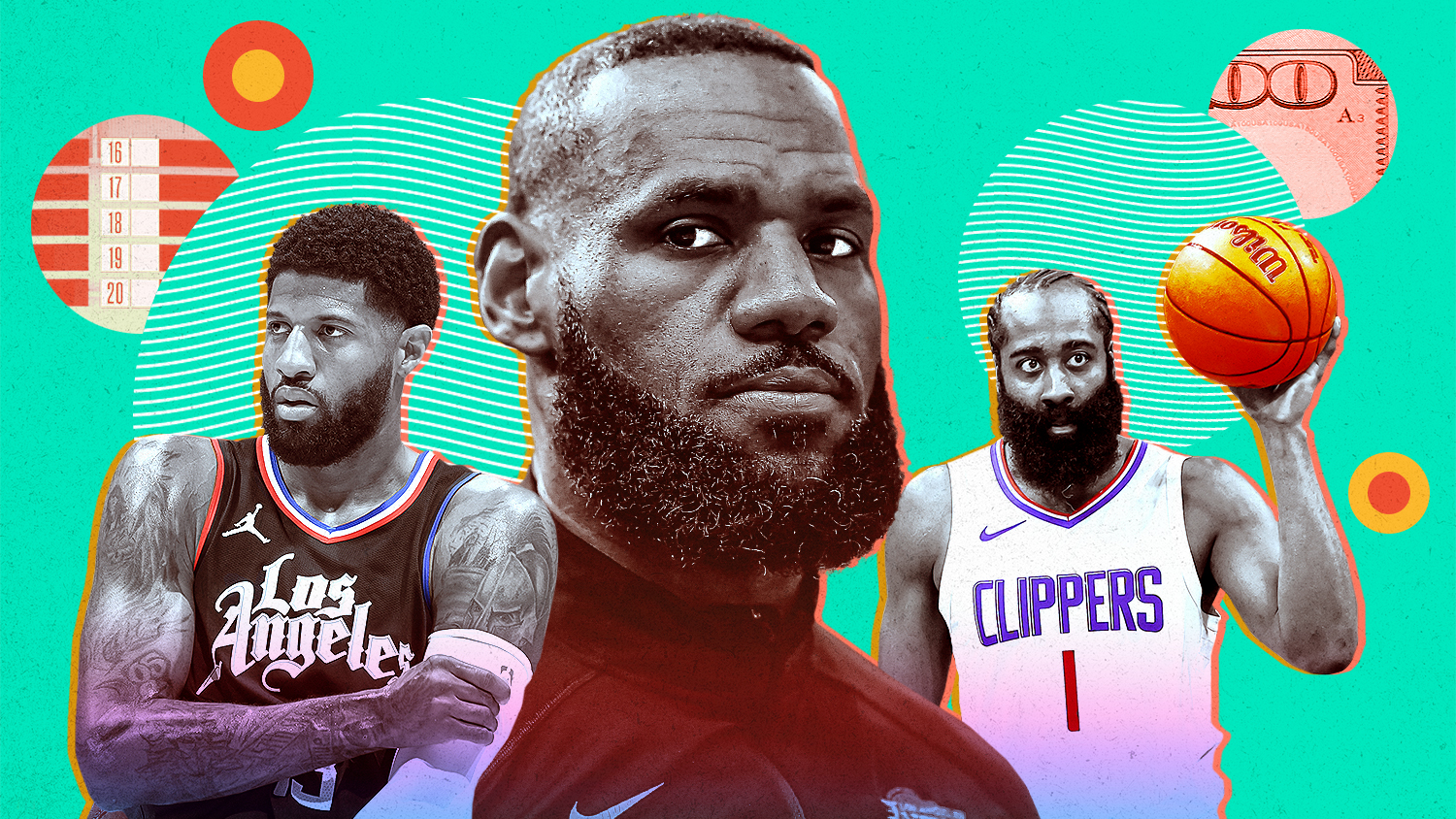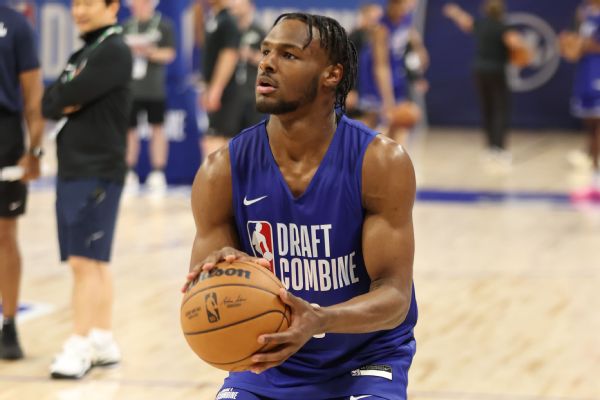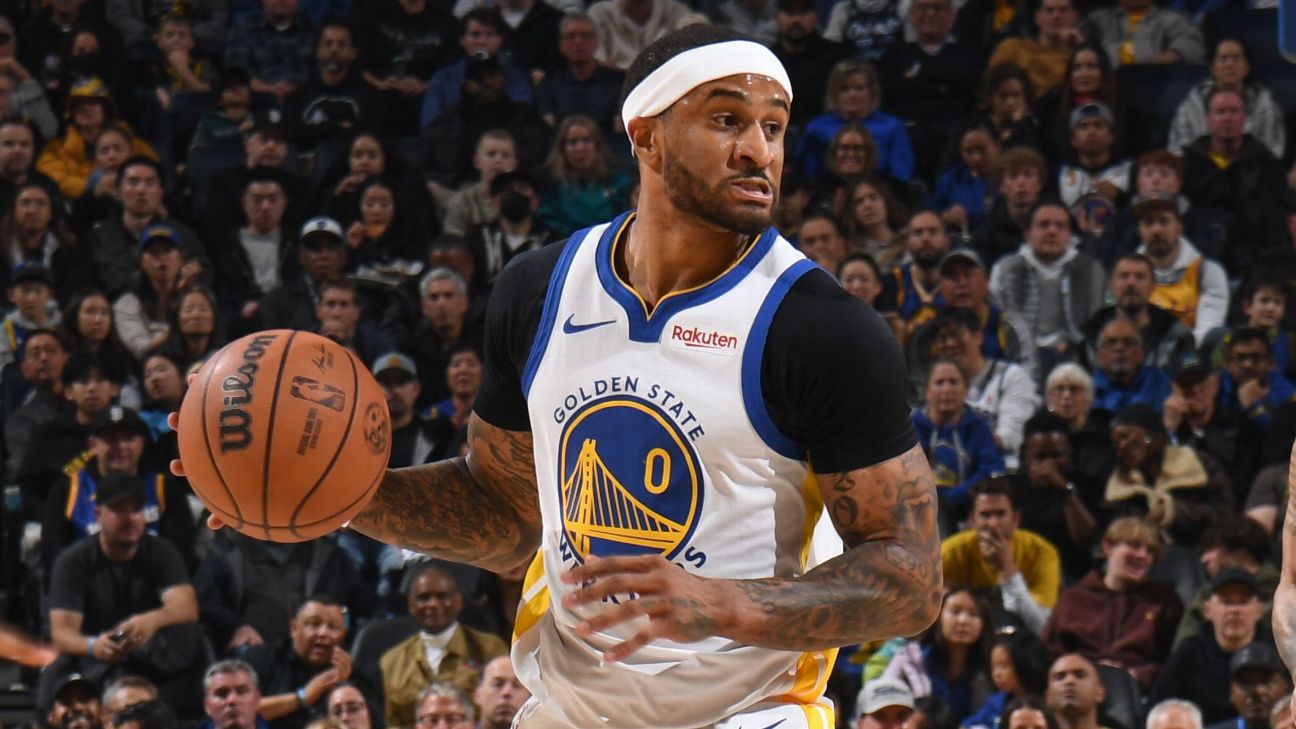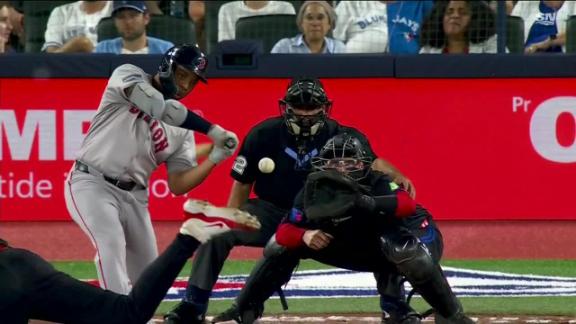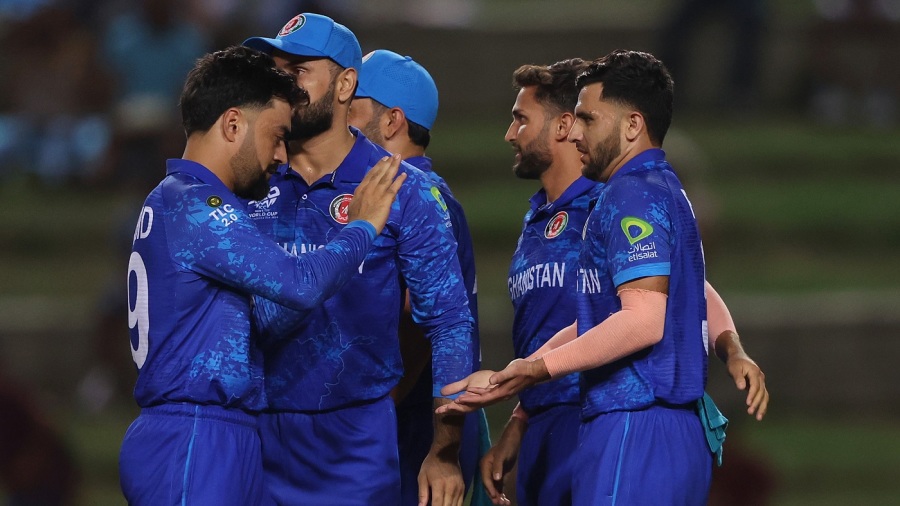![Cameron Brink, Angel Reese [608x342]](https://a.espncdn.com/photo/2024/0605/r1342153_608x342_16-9.jpg)
Sounders strike twice in second half draw with Dynamo
More than perhaps any season in its 28-year history, big name rookies are dominating the storyline in the 2024 WNBA campaign.
No. 1 draft pick Caitlin Clark, one of the most anticipated prospects in the WNBA, is embarking on her pro career with the Indiana Fever after rewriting the college record books at Iowa. Former LSU star Angel Reese (now with the Chicago Sky) and ex-Stanford standout Cameron Brink (Los Angeles Sparks) lead a group of top draftees looking to enhance their WNBA legacies.
Throughout the season, we keep tabs on which rookies perform the best according to a variety of statistics. To that end -- and in a similar vein to our NBA playoffs player rankings -- we'll be blending three different metrics: Basketball-Reference's Win Shares, Estimated Wins Added from Player Efficiency Rating (PER) and wins generated via the Simple Player Rating (SPR), a box score plus/minus-style stat that provides yet another prism through which we can view a player's production.
Each estimate of wins created is then averaged into a single metric, called Consensus Wins, which can be used to rank qualified rookies on a per-minute basis. (We're ranking this way to keep things fair, because some teams have played nearly twice as many games as others.)
As an added wrinkle, we'll be grading each rookie on a percentile scale (0 to 100) relative to all WNBA players this season in their scoring (based on points per 100 possessions), true shooting percentage, passing (based on assist rate), rebounding rate and defensive impact (based on both SPR and defensive rating). That way, we can see why players rank where they do -- and what they might do to improve over the rest of their debut season.
The league's 40-game schedule started on May 14 and as of Thursday, every team has played at least six games. So while it's early, each rookie has at least a sample of work to analyze. Among rookies with at least 104 minutes played as of Tuesday's games, here are the most effective qualified performers in 2024:
1. Cameron Brink, F, Los Angeles Sparks Draft pick: No. 2 (Stanford) Win Shares: 0.4 | PER Wins: 0.4 | SPR Wins: 0.4 | Consensus: 0.4Brink has proved that she was the second pick for a reason. While her 17.8 points per 100 possessions ranks toward the middle of the rookie pack, she is already above-average in most other areas. Most notably, Brink ranks second among qualified rookies in true shooting percentage, third in rebound rate and first in steal and block rates. The latter quality, as a 6-foot-4 rim protector, has instantly elevated her into one of the highest impact defensive players in the league.
Where she can improve: Brink is committing too many turnovers (26.8% of her plays), which limits how often she can be relied on in the Sparks' offense. Her 18.8% usage rate -- and consequently, her scoring numbers -- will rise if she takes better care of the ball.
2. Angel Reese, F, Chicago Sky Draft pick: No. 7 (LSU) Win Shares: 0.5 | PER Wins: 0.5 | SPR Wins: 0.3 | Consensus: 0.4It seems Reese is often in the news for everything except her on-court play, most recently over her viral comments on her rivalry with Clark and getting ejected from Tuesday's game after drawing two technical fouls (the latter of which was rescinded) for arguing with an official. But Reese's in-game performances, while uneven in some ways, have made her one of the most productive rookies. With averages of 10.9 points and 9.0 rebounds, she is one of eight qualified players above those thresholds; her rebound rate of 17.4% also ranks among the league's top 10 players; and she leads the league by a wide margin in offensive rebound rate. (Reese is grabbing 18.3% of available offensive boards; the next highest is Dallas' Teaira McCowan at 13.8%.)
Where she can improve: Reese's shooting efficiency has been abysmal, hitting 33.8% attempts from the floor, including the league's 11th-worst 2-point percentage (35.1) and an 0-for-3 showing from 3. Reese's lack of range was arguably the biggest knock against her coming out of LSU -- her career 3-point percentage was 15.6 in college -- but given her dogged interior game and ability to clean the offensive glass, she needs to be finishing more of her 2-point attempts.
3. Kate Martin, G, Las Vegas Aces Draft pick: No. 18 (Iowa) Win Shares: 0.2 | PER Wins: 0.0 | SPR Wins: 0.2 | Consensus: 0.1Not the Iowa alum you expected here in the top three, huh? Martin hasn't had an overall great performance, but she has earned consistent minutes for an Aces team that ranks among the top contenders as it shoots for a third straight WNBA title. She's shooting a solid 35.3% from 3 and has been one of the league's top rebounding guards, hauling in 10.4% of available misses.
Where she can improve: Martin's 2-point percentage (14.3) ranks last in the league, though it comes on a small 1-for-7 sample of shots. Her role is to shoot 3s, where she takes nearly 71% of her field goal attempts. Martin's overall numbers will improve with some makes from inside.
4. Rickea Jackson, F, Los Angeles Sparks Draft pick: No. 4 (Tennessee) Win Shares: 0.2 | PER Wins: 0.1 | SPR Wins: 0.0 | Consensus: 0.1Jackson was one of the nation's most well-rounded scorers at Tennessee and she has showcased that part of her game immediately in the pros. She is one of only nine qualified players this season to produce at least 20 points per 100 possessions with a true shooting percentage of at least 60, helping her rank third in points per game on a Sparks team that includes scorers such as Dearica Hamby, Kia Nurse, Lexie Brown and fellow rookie Brink.
Where she can improve: Jackson's defensive numbers look muted, but the bigger area to improve in is sharing the ball. She has 3 assists (versus 16 turnovers) in 194 minutes, meaning she only dishes to a scoring teammate once every 65 minutes of court time. That's an absurdly low rate for a player who assisted on a respectable 16.8% of teammate buckets with the Lady Vols last season.
5. Julie Vanloo, G, Washington Mystics Draft pick: Undrafted (International) Win Shares: -0.1 | PER Wins: 0.0 | SPR Wins: 0.1 | Consensus: 0.0Vanloo, at 31, the league's oldest rookie, spent the previous decade-plus playing pro overseas in Europe and Australia. The Belgian native has been consistently starting games as the Mystics point guard, and her 43.3% assist rate ranks second only to 2023 WNBA MVP runner-up Alyssa Thomas among qualified players. Combined with her ability to knock down 3s (she's hitting 35.3% while taking 74% of her shots from beyond the arc), Vanloo's passing has been a bright spot for a Washington team that otherwise ranks last in offensive rating.
Where she can improve: There is a downside to Vanloo's passing: lots of turnovers. Her 28.7% turnover rate ranks fifth worst in the league, and unlike other rookies such as Brink, she can't blame it on inexperience after playing for many years at the international club level. Vanloo has cut down on mistakes in recent games, so perhaps she's catching up to the WNBA learning curve.
6. Caitlin Clark, G, Indiana Fever Draft pick: No. 1 (Iowa) Win Shares: -0.4 | PER Wins: 0.2 | SPR Wins: 0.1 | Consensus: -0.1Now for the other Iowa alum: Why is Clark ranked so low? Advanced metrics have always struggled with how to assess high-usage scorers -- especially early in their careers, as the ability to create shots on a bad team comes along before the ability to actually make those shots at a decent percentage. Clark has the creation part down, for herself (she ranks eighth among all players in usage rate at 27.5%) and others (her assist rate of 34.1% ranks sixth), and that's not counting the passes her teammates failed to convert. Despite facing tough, physical defensive attention, she is averaging more than 15 points, 6 assists and 5 rebounds.
Where she can improve: Clark is making 35.7% of her shots from the field and 29.7% from 3. While she has begun to outpace the rest of the league in her trademark logo-range shooting, these poor percentages are hurting her advanced value stats, as is a high 26.4% turnover rate and below-average defensive metrics (though the latter are also heaping blame on her for Indiana's league-worst defense). Clark's ranking should improve as the season goes on, but she is a good example of why the stats often disparage high-usage, low-efficiency young players on bad teams.
7. Aaliyah Edwards, F, Washington Mystics Draft pick: No. 6 (UConn) Win Shares: 0.0 | PER Wins: 0.0 | SPR Wins: -0.2 | Consensus: -0.1The scouting report out of UConn on Edwards was she was a good scoring and rebounding big. Parts of those skills seem to be translating to the WNBA. Though she isn't on Reese's level, she ranks second to the Sky forward among rookie rebounders overall (13.9 rebounding percentage) and on the offensive boards (8.3%). Edwards also ranks third among qualified Mystics in usage rate (20.5%) and points per 100 possessions (17.7), and her block rate (4.4%) only trails Brink among rookies.
Where she can improve: The efficiency isn't there for Edwards yet. She's making 44.1% of her 2-pointers -- the 3 isn't really part of her repertoire -- and shooting 60.9% from the line, a poor number for a player who draws a fair number of fouls. Add in a 15-to-7 turnover-to-assist ratio, and Edwards has the ninth-lowest offensive rating of any player in the WNBA this season.
8. Sevgi Uzun, G, Dallas Wings Draft pick: Undrafted (International) Win Shares: -0.1 | PER Wins: -0.3 | SPR Wins: 0.2 | Consensus: -0.1Like Vanloo, Uzun is an international point guard coming from the Turkish league. She started right away. Her overall metrics aren't as good, but Uzun is top 20 in the league in assist rate and has made 36.8% of her 3-pointers. She has been averaging a solid 7.0 points and 5.1 assists, ranking second to Clark among rookies in minutes per game (32.0).
Where she can improve: The rest of Uzun's stats are poor. She's shooting 39.2% from the field because of a comparatively low 40.6% success rate on 2-pointers (the league average is 47.2%). Uzun also has the league's seventh-lowest rate of points per 100 possessions (11.0) and its highest turnover rate (30.4%) to go with its 12th-lowest rebound rate. Uzun's reputation in Turkey was as a smart, traditional point guard, so there's hope the turnovers drop.
9. Leonie Fiebich, F, New York Liberty Draft pick: No. 22 in 2020 (International) Win Shares: 0.0 | PER Wins: -0.3 | SPR Wins: 0.0 | Consensus: -0.1Fiebich, who was acquired from the Sparks in a four-team trade last year, has been logging 11.0 MPG in a bench role for the Liberty. And her team has an even better net rating this season (plus-12.7) than it did when it was challenging the Aces last season. But that means Fiebich hasn't done much in the minutes she has played.
Where she can improve: Although she stands 6-foot-4, Fiebich takes 72% of her shots from beyond the arc; a better percentage than 30.4 from 3 would do wonders. Another area of improvement is passing, where she has 4 assists in 110 minutes. But after scoring in double figures just once this season despite six games with double-digit minutes, something might have to go off plan for New York to ask for an expanded role from Fiebich.
Best of the nonqualifiers:
Alissa Pili, Minnesota Lynx
Olivia Epoupa, Lynx
Kamilla Cardoso, Sky


